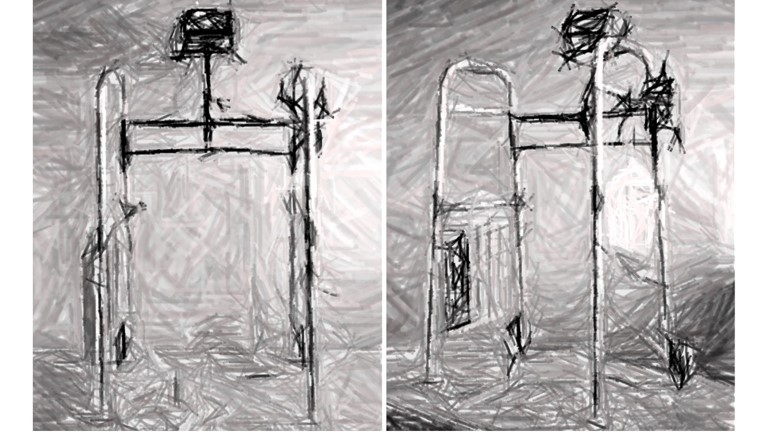Patients often need the use of their arms to assist with functional activities, but after bone disruption, pushing is frequently limited to <10 lb (4.5 kg). No method exists to measure arm weight bearing objectively in clinical settings. This project aimed to design, construct, and test a walker for patients who need to limit arm force to prevent excessive bone stress during post-fracture (iatrogenic or traumatic) ossification. First, a qualitative study was conducted to obtain critiques of a Clinical Force Measuring (CFM) walker prototype from rehabilitation professionals. Key statements and phrases were coded that allowed “themes” to emerge from transcribed interviews, which guided device revisions. Next, a second CFM Walker prototype was designed based on the qualitative data and device criteria/constraints and finally tested. The result was fabrication of a new lightweight, streamlined, and cost-effective prototype walker with a simple visual display and auditory cue with upper limit alarms. Key features included attachments for medical equipment and thin film force-sensing resistors integrated into the walker handles that progressively activated 3 LEDs and a buzzer when force exceeded programmed thresholds. The innovative CFM Walker will help patients with restricted arm froce, especially elderly adults, recover safer and faster in the future.

